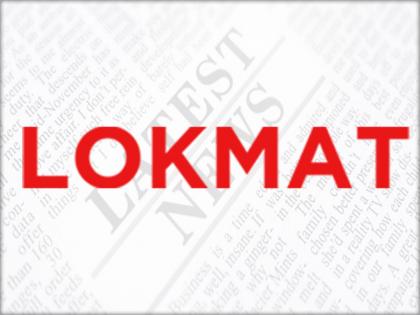SC queries claim of Islamic edifice at Ayodhya site
By IANS | Published: September 26, 2019 08:46 PM2019-09-26T20:46:08+5:302019-09-26T21:25:47+5:30
Muslim parties, drawing inferences from the Archaeological Survey of India's 2003 excavation report of the Babri Masjid-Ram Janmabhoomi site in Ayodhya, on Thursday opined the probability of an Islamic structure underneath the disputed land, invoking sharp queries from the Supreme Court.

SC queries claim of Islamic edifice at Ayodhya site
A five-judge Constitution bench, headed by Chief Justice Ranjan Gogoi, is hearing the title dispute case.
Senior advocate Meenakshi Arora, appearing for the Sunni Waqf Board, contested the conclusion of the 2003 ASI report that a Hindu temple was below the disputed site, and rather argued the material - lime mixed with clay - recovered was indicative of Islamic origins.
She cited the recovery in the excavations indicated at the medieval sultanate era origin, citing the typical use of Islamic land, water provision and construction.
At this, Justice Ashok Bhushan asked her if she is suggesting that an Islamic structure was underneath the disputed structure. "There was an Islamic structure, which destroyed to construct a mosque?" he asked.
Arora replied it is conjectural, and argued further on technical issues with the report. Simultaneously, she said that the court should look beyond the Hindu origins of the recoveries from the excavation, as the ASI report is inconclusive, and examine the matter where traces of Islamic origins were found.
She attacked the ASI report, as there were many inconsistencies in ascribing periodization to layers and trenches, and also the conclusion of the report on the pillar bases.
But in a sharp response, Justice Bhushan said: "You cannot impose modern engineering standards on medieval constructions, which was built 1,000 or 1,200 years ago. You cannot say this pillar at a height of 0.26 inches is different from the next one."
The counsel replied that there was preconceived notion that there was 85-pillar hall which indicates that it was a temple. "A circular shrine was found beneath the pillar bases. So, is the Ram temple built with 85 pillars on the top of circular shrine?" Arora argued.
'Lime surkhi', which is synonymous with Islamic construction, was also traced in some of the materials dug up by the ASI, and this is contrary to a Hindu temple built centuries before Mughal rule, she added.
Justice S.A. Nazeer questioned Arora's inference of an Idgah mosque underneath. "The centre of an Idgah is wide and it is the place where the muezzin calls the faithful to prayer," he said.
As Arora insisted that the central portion may be where the idols are kept, but excavation was not allowed at that spot, Justice S.A. Bobde replied that they cannot reconstruct what happened from the ruins, and she should have asked the expert.
Justice Bobde also queried Arora if Hindu symbols be found in a mosque. "Likewise can Muslim symbols be found in a temple? I think it's possible," he said.
He also told Arora that the ASI report says picture/image of a boar was found during excavations, and such a picture can never be found inside a mosque. To this, Arora replied that Hindu gods rode all kinds of animals, and switched to an argument that traces of blue glaze, which came from Persian culture, were found in pieces of pottery recovered in the ASI dig.
Meanwhile, the Supreme Court on Thursday once again reiterated the need to complete arguments in the matter by October 18.
Chief Justice Gogoi said they cannot give a single extra day more to parties to complete the arguments in the cross-appeals where the different litigants seek ownership over 2.77 acre disputed land in Ayodhya.
"It will be miraculous to take out a judgement in four weeks," said the Chief Justice, postulating completion of arguments by October 18. He retires on November 17.
During the hearing, the Chief Justice restated that the bench is already hard-pressed for time and parties attempting to breach the deadline "will be at their own peril".
Most arguments are expected to be concluded on October 4, and if possible, then five working days after the Dussehra vacations can be reserved for the matter.
(Sumit Saxena can be contacted at sumit.s@.in)
( With inputs from IANS )
Open in app